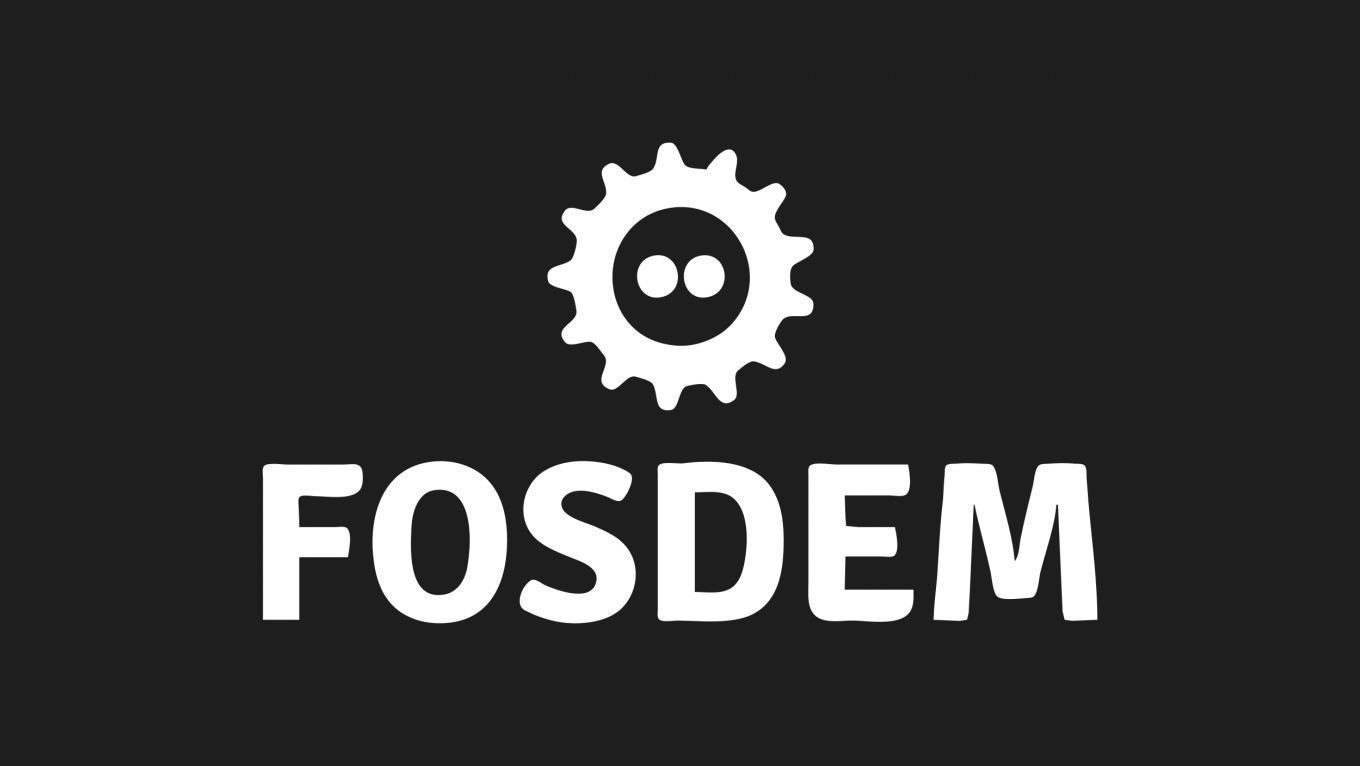Virtualization and IaaS
KubeVirt scale test by creating 400 VMIs on a single node
<p>As the number of VMs per node gets larger, using more powerful nodes (i.e. with more CPUs and RAM), the scalability of Kubevirt's control plane becomes a bottleneck, slowing down the VMI creation process. This talk will cover the motivations and concepts around general benchmarking of the KubeVirt control plane, as well as explaining the journey to running a density test with hundreds of VMs per node.</p>
Kubevirt's performance and scalability are determined by several factors. As the number of VMs per node gets larger, using more powerful nodes (i.e. with more CPUs and RAM), the scalability of Kubevirt's control plane becomes a bottleneck, slowing down the VMI creation process. This talk will cover the motivations and concepts around general benchmarking of the KubeVirt control plane, as well as explaining the journey to running a density test with hundreds of VMs per node. In addition, I'll provide some performance metrics comparing VM build time in various scenarios. Participants will have a high-level knowledge of the on-going KubeVirt's sig-scale community performance assessment and the single-node scalability characteristics of KubeVirt.
Additional information
| Type | devroom |
|---|
More sessions
| 2/5/22 |
<p>The VIRTIO standard defines I/O devices that are commonly used in virtual machines today. The last version of the standard was released in 2019 and much has changed since then. This presentation covers new devices and features in the upcoming VIRTIO 1.2 standard.</p> <p>There are 9 new device types: fs, rpmb, iommu, sound, mem, i2c, scmi, gpio, and pmem. We will look at the functionality offered by these devices and their status in Linux.</p>
|
| 2/5/22 |
<p>CodeReady Containers runs an OpenShift cluster on a laptop or workstation using virtualization. It's written in go, and uses KVM, HyperV or HyperKit depending on the OS it's running on. External network access is done through gVisor's userland TCP/IP stack which the virtual machine uses over virtio-vsock.</p> <p>This talk will start with a short presentation of what CodeReady Containers is, explain why it needs a userland TCP/IP stack, but its main focus will be around virtio vsock, how to ...
|
| 2/5/22 |
<p>OKD Virtualization is the community project bringing traditional virtualization technology into OKD. Meet the OKD Virtualization community and learn about it!</p>
|
| 2/5/22 |
<p>This talk presents ToroV, a novel open-source technology that combines virtualization and containerization to enable the execution of users’ applications in a safer and improved manner. In ToroV, applications run as Virtual Machines without the need of an OS, unikernel nor device-model. ToroV combines a minimalist Virtual Machine Monitor and a virtualized guest program communicating through POSIX APIs. When the guest application requires to open or write a file, it just invokes the VMM ...
|
| 2/5/22 |
<p>Open Source virtualization is almost 20 years old. Obviously, things have evolved a lot in that time: the public cloud, new CPU architectures, new storage technologies, and more.</p> <p>What about the real, on-the-ground usage? Sysadmins, Ops and Devops are not leveraging virtualization the same way today as they did before. But what really changed? In what direction is it evolving? Is on-premise open source virtualization still relevant today?</p> <p>Through our own journey as engineers of ...
|
| 2/5/22 |
<p>It has been well established that the integrity of critical systems must be rooted in the launch. Early works such as the Xoar architecture demonstrated the need for virtualized environments to begin with a lightweight, restricted bootstrap from which isolation of PCI management could be established. Since that time, knowledge of real IOMMU implementations and how to leverage them for system integrity has evolved. In this presentation, the new Hyperlaunch capability for starting hypervisors ...
|
| 2/5/22 |
<p>In FOSDEM 2019 we presented the addition of high-performance virtual machines in oVirt. With this new VM type, parts of the VM configuration were changed to improve the performance of workloads it runs. In particular, it was useful for CPU-intensive workloads, such as SAP HANA. However, better performance came at the expense of usability. Users were still expected to set various things manually, like CPU and NUMA pinning and hugepages. In this talk, I will guide you through our journey of ...
|

